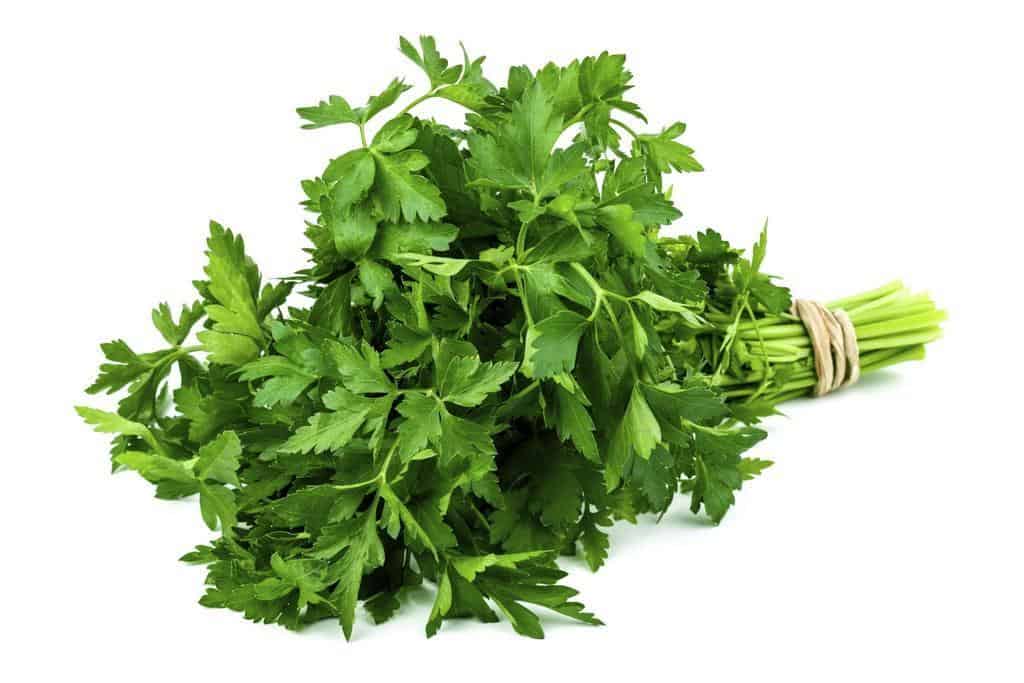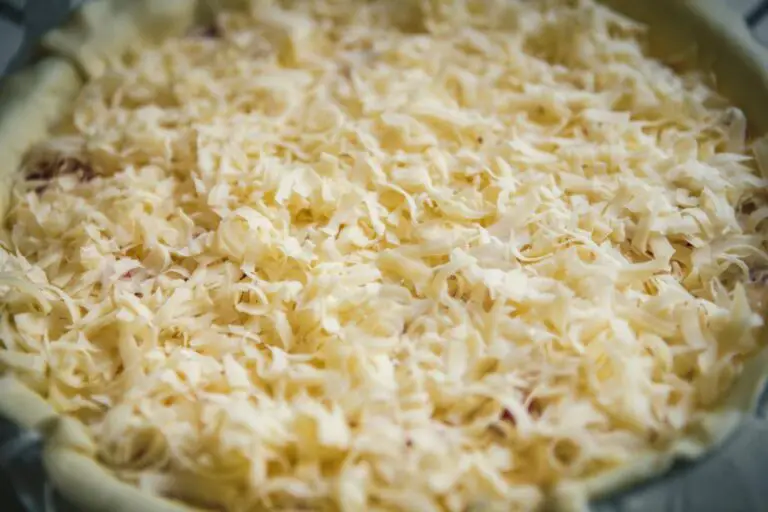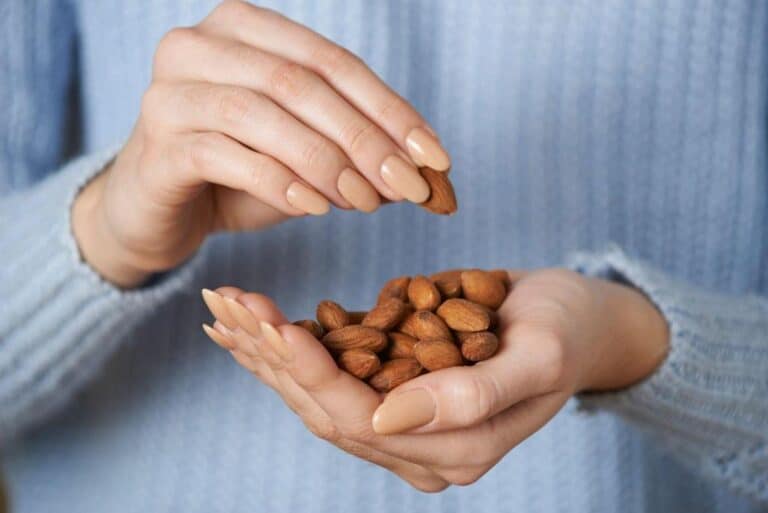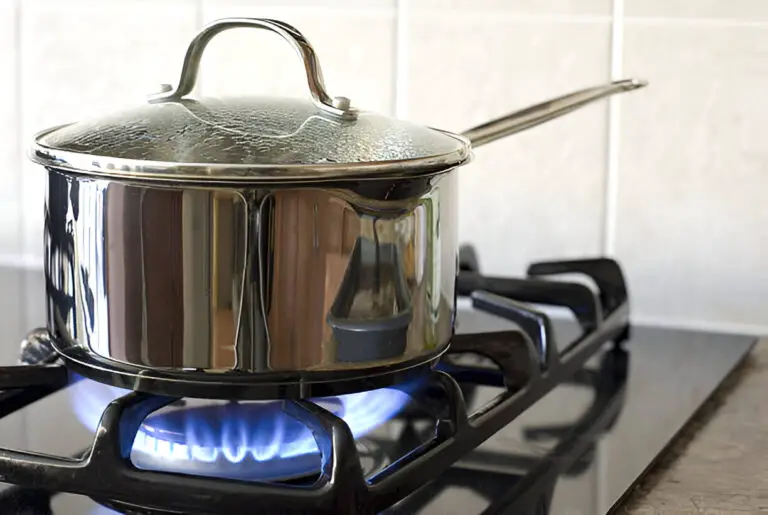Can You Eat Parsley Stems? Are Parsley Stems Edible and Not Poisonous?

When it comes to parsley, most people think of the curly green leaves that are often used as a garnish. As you pull off the leaves and toss them into your dish, you’re left with a pile of stems.
But what about the stems? Are they edible? Can you use them in cooking? And are they safe to eat?
The short answer is yes; you can eat parsley stems. They are not poisonous, and they actually have a lot of flavor. However, there are some things you should know before you start chomping down on them.
Another reason to eat parsley stems is that they have a unique flavor that can add depth to your cooking. While the leaves have a bright, fresh taste, the stems have a slightly more bitter and earthy flavor that can complement a wide range of dishes.
Overview of Parsley and Its Uses
Parsley is a green herb that is commonly used in cooking and garnishing. It has a mild, fresh flavor that compliments many dishes. Parsley belongs to the Apiaceae family, which also includes other popular herbs like cilantro, dill, and fennel.
It is a biennial plant, meaning it completes its life cycle in two years. Parsley has a long history of culinary and medicinal use, dating back to ancient Greece and Rome.
Parsley is versatile and can be used in many different dishes, from salads and soups to sauces and marinades. The leaves can be chopped finely and added to dishes as a seasoning or used as a garnish.
The stems can also be used, although they are often discarded. Parsley is a popular ingredient in Mediterranean, Middle Eastern, and North African cuisines.
Aside from being used in cooking, parsley has been used as a medicine for hundreds of years. It has anti-inflammatory and antioxidant compounds, which make it helpful for a wide range of health problems. For example, parsley has been used to treat digestive problems, urinary tract infections, and high blood pressure.
Parsley is also a popular ingredient in herbal tea blends. It is thought to have diuretic properties, which means it can make you pee more and help your body get rid of toxins. People often drink parsley tea as a natural way to treat bloating, keeping too much water in their bodies, and kidney stones.
Can You Eat Parsley Stems? Are Parsley Stems Edible?
The short answer is yes; you can eat parsley stems. The long answer is that while the stems are edible, they may not be as palatable as the leaves.
Parsley stems are tougher and more fibrous than the leaves, and they can be slightly bitter in taste. However, they are still packed with nutrients, and their texture can add a nice crunch to salads and other dishes. It is best to chop them finely to make them easier to chew and incorporate into your dishes.
When using parsley stems, you need to remove the tough lower portion of the stem, as it can be too woody and difficult to chew. The upper part of the stem is much more tender and flavorful and can be used in various dishes.
Parsley stems are versatile and can be used in many ways. They can be added to soups, stews, and sauces to add depth of flavor. They can also be used as a garnish, either whole or chopped finely, to add texture and visual interest to dishes.
Why Eat Parsley Stems?
Parsley is a versatile herb used in various cuisines worldwide, and it is well known for its distinctive taste and aroma. While parsley leaves are more commonly used, the stems also have nutritional benefits. The parsley stems are rich in vitamins, minerals, and antioxidants, making them a healthy addition to your diet.
The stems of parsley are a great place to get vitamin C, which is important for boosting the immune system and preventing diseases. Vitamin C also aids in collagen synthesis, wound healing, and maintaining healthy skin. Also, the stems of parsley have vitamin K, which is very important for blood clotting, bone health, and keeping heart disease away.
Also, parsley stems are a great way to get calcium, which is important for keeping bones and teeth strong. Calcium is also involved in muscle and nerve function, blood clotting, and regulating blood pressure. The stems of parsley also have iron, which is needed to get oxygen to all parts of the body and prevent anemia.
Parsley stems are also rich in antioxidants such as flavonoids, carotenoids, and vitamin E, which help protect the body against damage from free radicals. Free radicals are molecules that are not stable and can cause oxidative stress, which can lead to diseases like cancer, diabetes, and heart disease.
How to Prepare Parsley Stems for Eating
Before you can eat parsley stems, you need to prepare them properly. The first step is to wash them thoroughly to remove any dirt or debris. You can do this by placing them in a bowl of cold water and swishing them around, or by rinsing them under running water.
Once the parsley stems are clean, you can use them in a variety of ways. Here are some ideas:
- Chop them up and use them in salads or soups
- Blend them into a pesto or chimichurri sauce
- Add them to smoothies for a nutritional boost
- Use them to flavor stocks or broths
- Saute them with other vegetables as a side dish
Tips for Cooking with Parsley Stems
When cooking with parsley stems, there are a few things to keep in mind. Here are some tips to help you get the most out of this versatile ingredient:
- Trim off any tough or woody parts of the stem before using them. The tender parts of the stem are the most flavorful and easiest to eat.
- Use parsley stems in moderation. While they are safe to eat, they do have a more bitter flavor than the leaves, so you don’t want to overpower your dish.
- Pair parsley stems with other strong flavors. The earthy taste of parsley stems pairs well with ingredients like garlic, lemon, and chili peppers.
- Experiment with different cooking methods. Parsley stems can be boiled, sauteed, roasted, or grilled, depending on the dish you’re making.
Recipes that Utilize Parsley Stems
Parsley stems are often overlooked in cooking, but they can be a flavorful addition to many recipes. Here are a few recipes that utilize parsley stems:
- Parsley Stem Pesto: This recipe uses parsley stems instead of basil to make a delicious and unique pesto. Simply combine chopped parsley stems, garlic, Parmesan cheese, and olive oil in a food processor and blend until smooth. Serve the pesto over pasta, grilled chicken, or roasted vegetables.
- Parsley Stem Salad: This refreshing salad is perfect for a summer day. To make it, thinly slice parsley stems and combine them with chopped cucumber, tomatoes, and red onion. Toss the salad with lemon juice, olive oil, salt, and pepper, and serve it chilled.
- Parsley Stem Soup: This hearty soup is a great way to use up leftover parsley stems. Start by sautéing onions and garlic in a pot, then add chopped parsley stems, potatoes, and chicken or vegetable broth. Simmer the soup until the potatoes are tender, then blend it until smooth. Season with salt and pepper, and garnish with a dollop of sour cream and chopped parsley leaves.
- Parsley Stem Chimichurri: This classic Argentinian sauce is traditionally made with parsley leaves, but using parsley stems instead gives it a unique twist. Combine finely chopped parsley stems, garlic, red wine vinegar, olive oil, and a pinch of red pepper flakes in a bowl. Use it as a marinade for grilled meats or as a condiment for sandwiches and tacos.
Conclusion
In conclusion, parsley stems are not only edible, but they are also a nutritious and flavorful ingredient that can add depth to your cooking. While they do have a more bitter flavor than the leaves, they are safe to eat and can be used in a variety of dishes. So next time you’re using parsley in your cooking, don’t toss those stems – give them a try!
The confusion over whether parsley stems are poisonous may come from the fact that parsley is in the same family as other plants that are toxic, such as hemlock. However, parsley is not hemlock, and it is not poisonous in any way.
In fact, parsley stems are not only safe to eat, but they are also packed with nutrients. They contain high amounts of vitamins A, C, and K, as well as minerals such as calcium, iron, and potassium.






